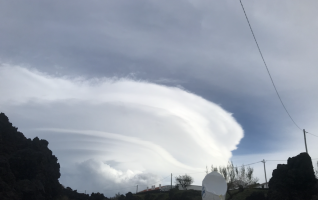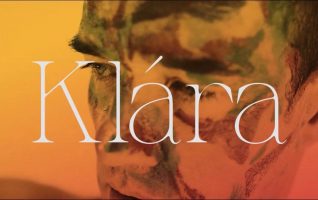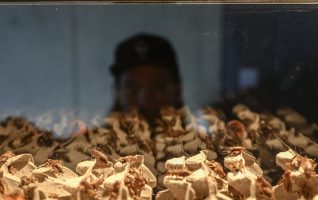Generative-Integrated Urbanism (GIU), 2021-?
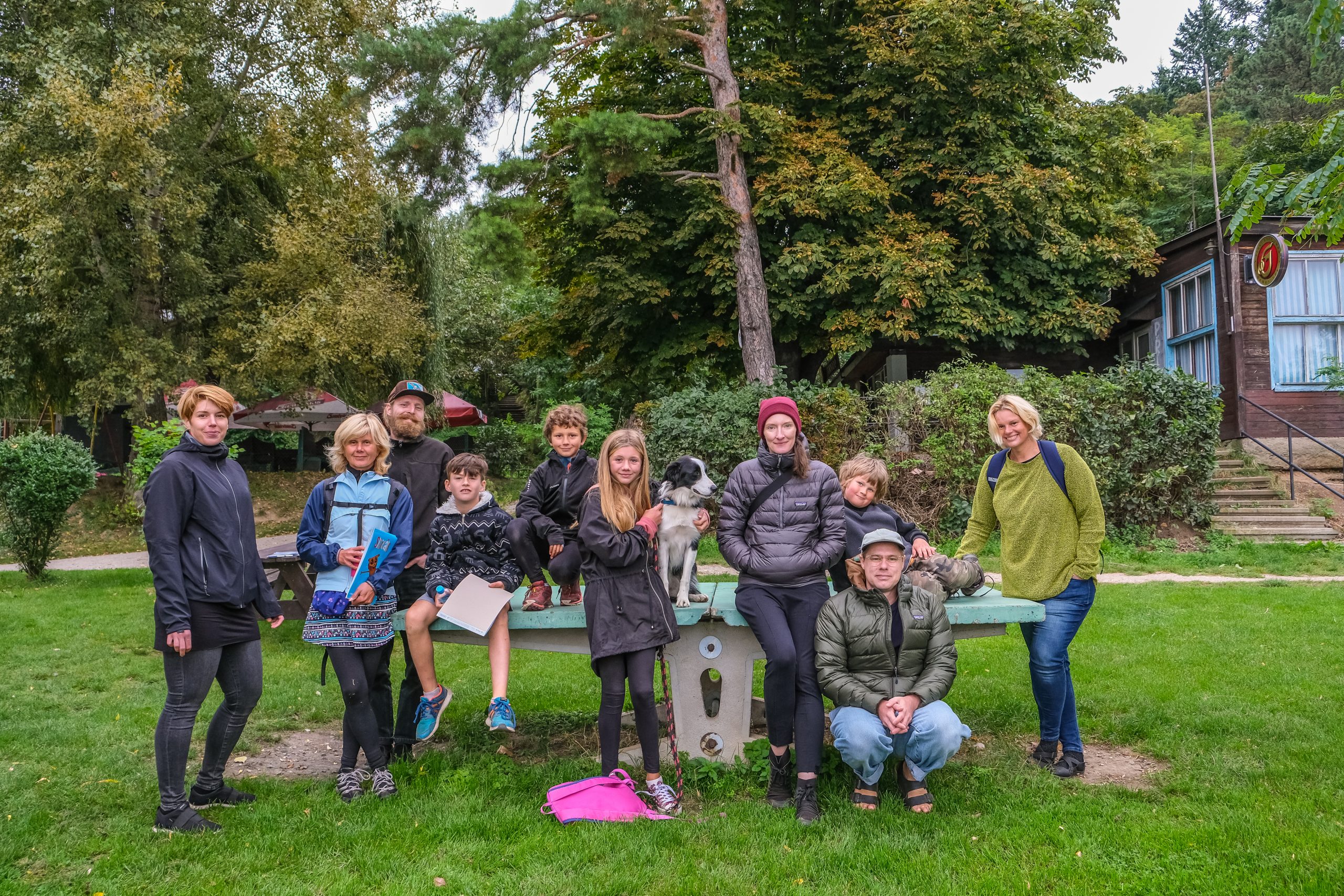 MULTILITERACY, WORKSHOPS GIU & INCLUSIVE MAPPING :
MULTILITERACY, WORKSHOPS GIU & INCLUSIVE MAPPING :
Workshops are open to the widest possible range of co-creators. In the case of working with children, we try to find answers to questions: what experiences do children have from their environment? How can we better take into account children’s environmental visions and aspirations? How can we define our own relationship with our environment and how to promote children’s environmental thinking, imagination and the importance of their relationship with their environment?
We believe that children should be listened to and taken more into account in discussions about the environment, because children want to be listened to and treated as responsible actors. That is why we are happy to invite (not only) children to participate in our research, as active co-creators.
We encourage children to be able to approach their environment from different perspectives – involving more sensory experience, which is key to being aware of their environment. Their active involvement in the research and creative process allows them to share their ideas and continue to communicate them. This fact encourages and enhances the feeling of interdependence, diversity, polyphony and represents a fundamental pillar for the development of children’s multiliteracy.
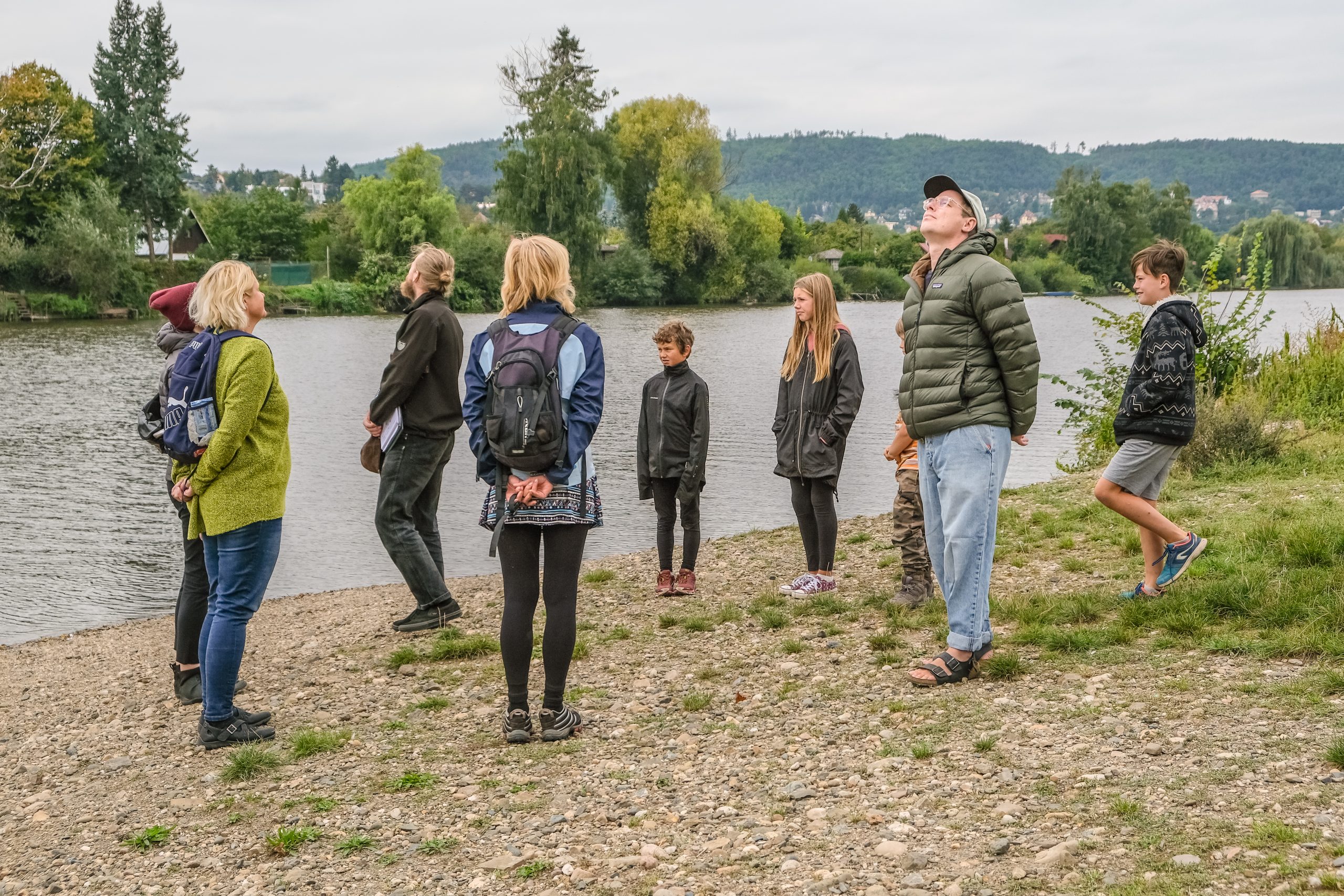 WORKSHOP FOR TESTING THE METHOD GENERIC-INTEGRATIVE URBANISM (GIU)
WORKSHOP FOR TESTING THE METHOD GENERIC-INTEGRATIVE URBANISM (GIU)
On 19 September 2021, a workshop of performative mapping was held at
the locale of the Osada Tornádo. Performative mapping took place with the attendance of a few students of the Basic School Lipence near the Tornádo settlement and their parents. The workshop’s objective was to test the working version of the document on Generative Urbanism, which is part of this Case Study (p. 22). Performative mapping took place at three various places and followed the structure of the GIU document, only some of the document parts were adapted to the users’ age in order to facilitate better communication.
GIU workshop participants: Marie Milotová, František Milota, O. Adam Gregor, Adam Svoboda, Milada Vlčková, Jana Svoboda Akrmonová, Aleš Čermák, Jindřiška Křivánková, Pavla Klouzalová, Jakub Gottwald Dokumentace: Jan Emler
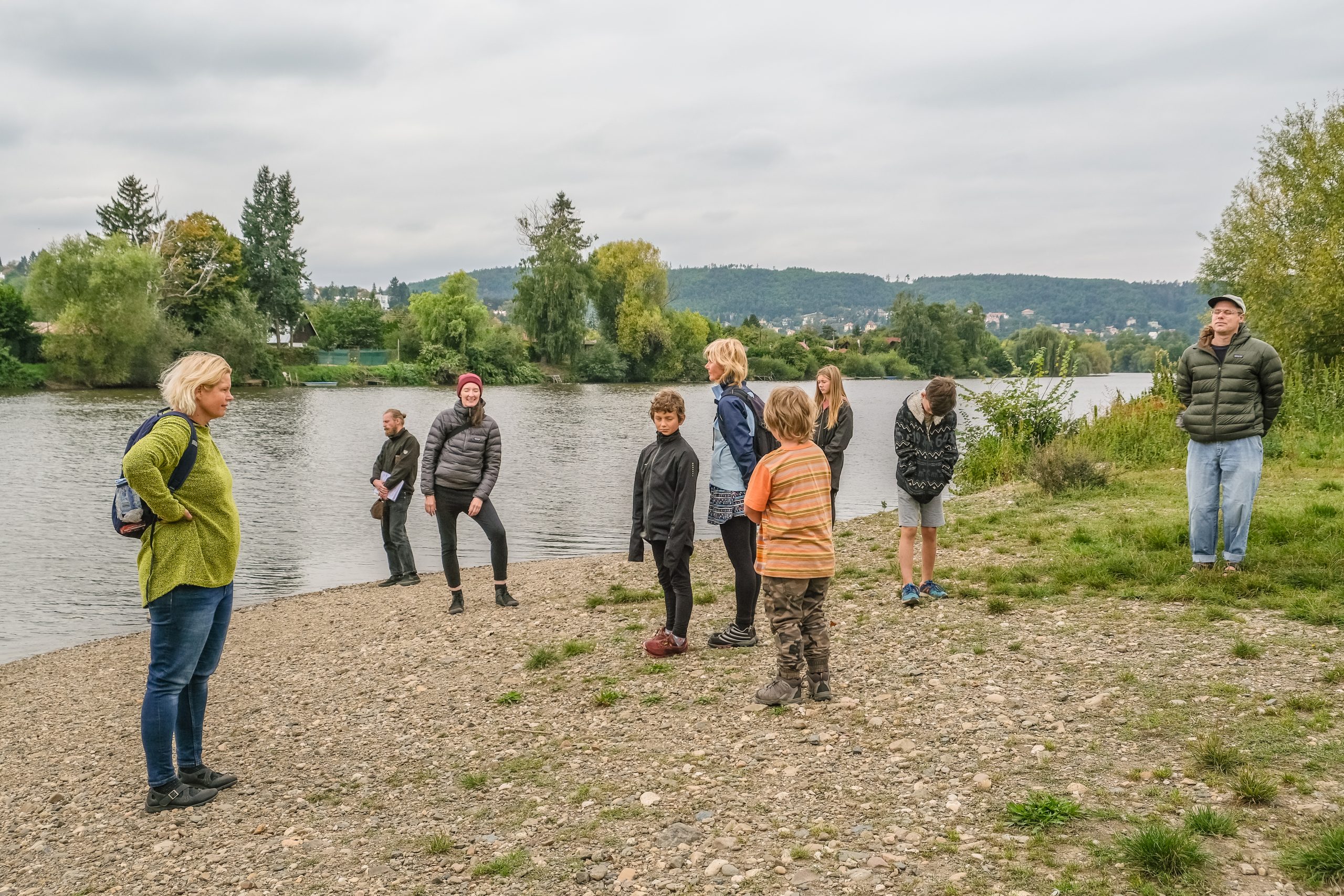
The chosen method of performative mapping stems from the motivation that collaborative design = modelling of space. This simple assumption allows for mutual interaction and cooperation. Not only does it offer an exclusive per- spective on the given situation and locality, but is also provides opportunity to include virtually anyone in the design process, which is an important aspect of the case study and naturally leads to a process of mutual education.
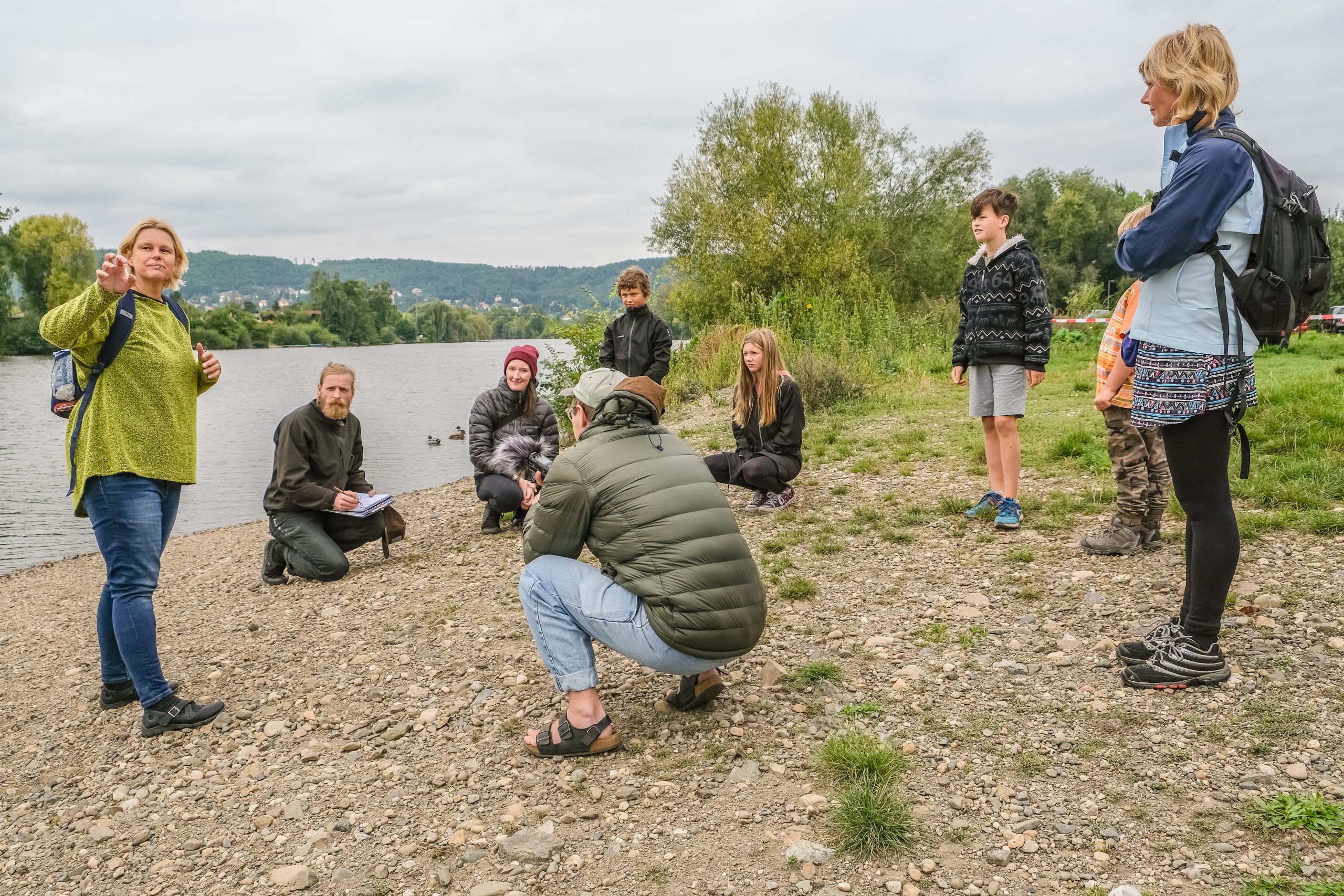
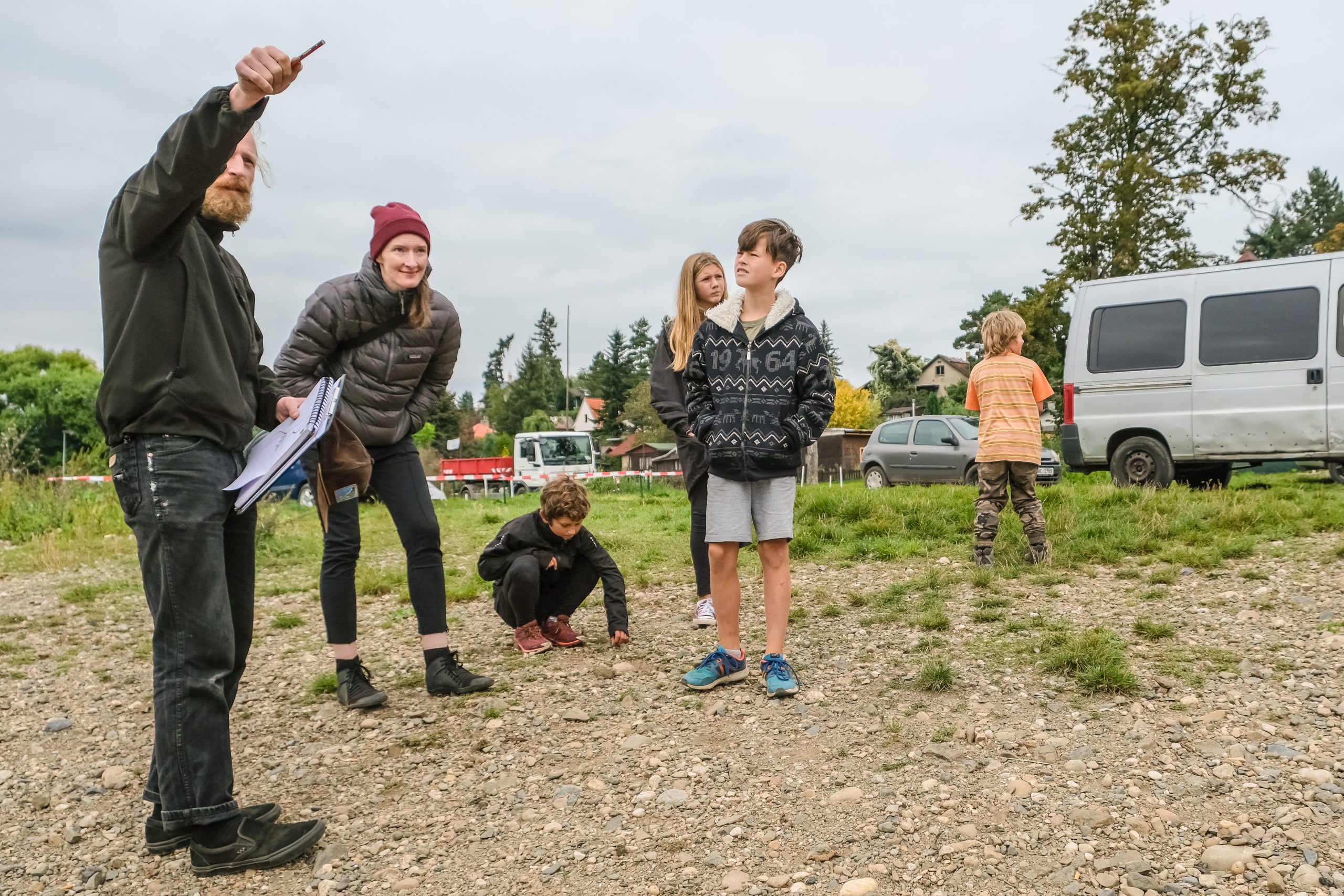
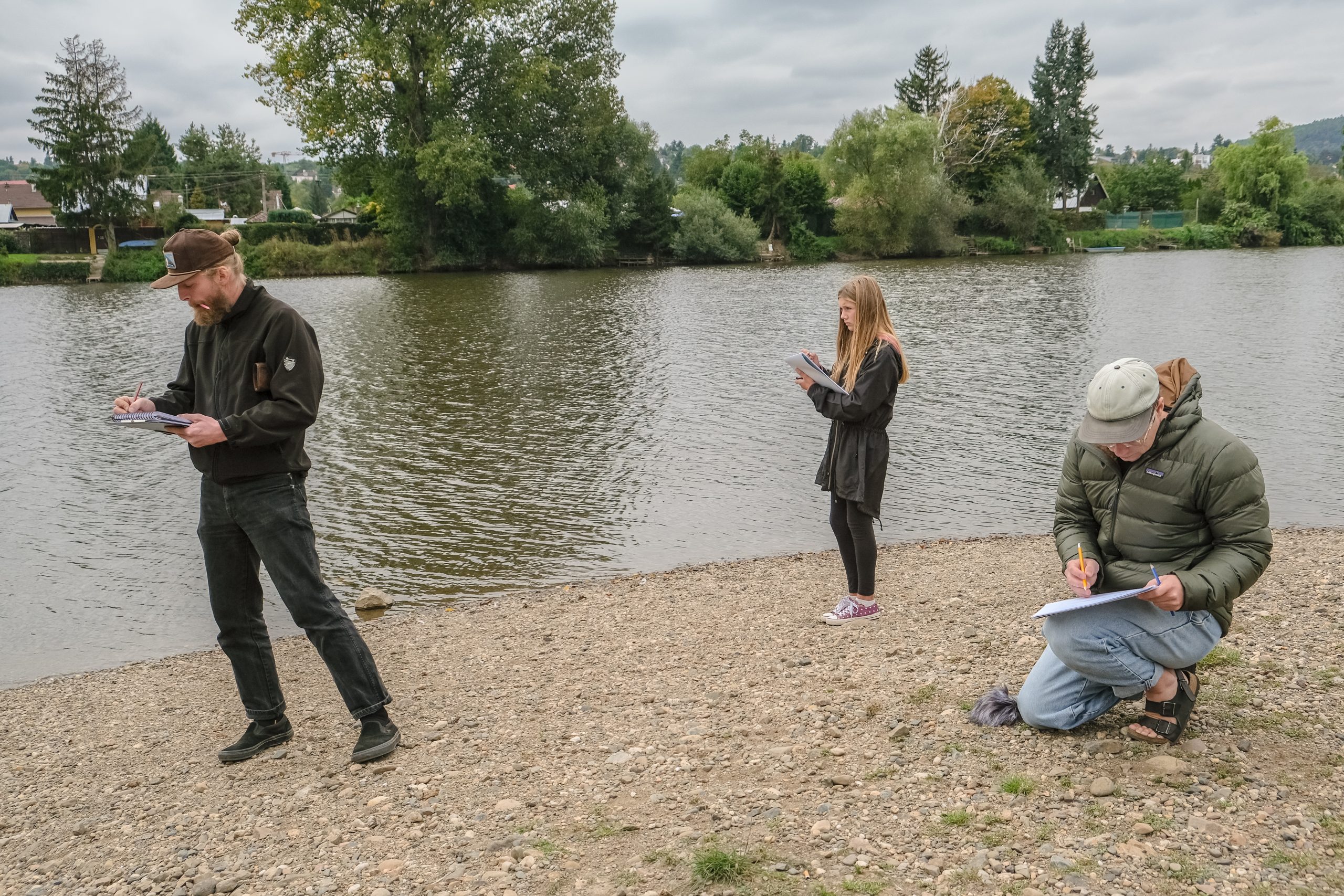 GIU constitutes one of the possible methods for studying, understanding, mapping and sensibly designing space. In its long-term application, the case study allows us to also perceive subtler questions, which are often neglected within design projects, or are simply avoided from the very outset of the process.
GIU constitutes one of the possible methods for studying, understanding, mapping and sensibly designing space. In its long-term application, the case study allows us to also perceive subtler questions, which are often neglected within design projects, or are simply avoided from the very outset of the process.
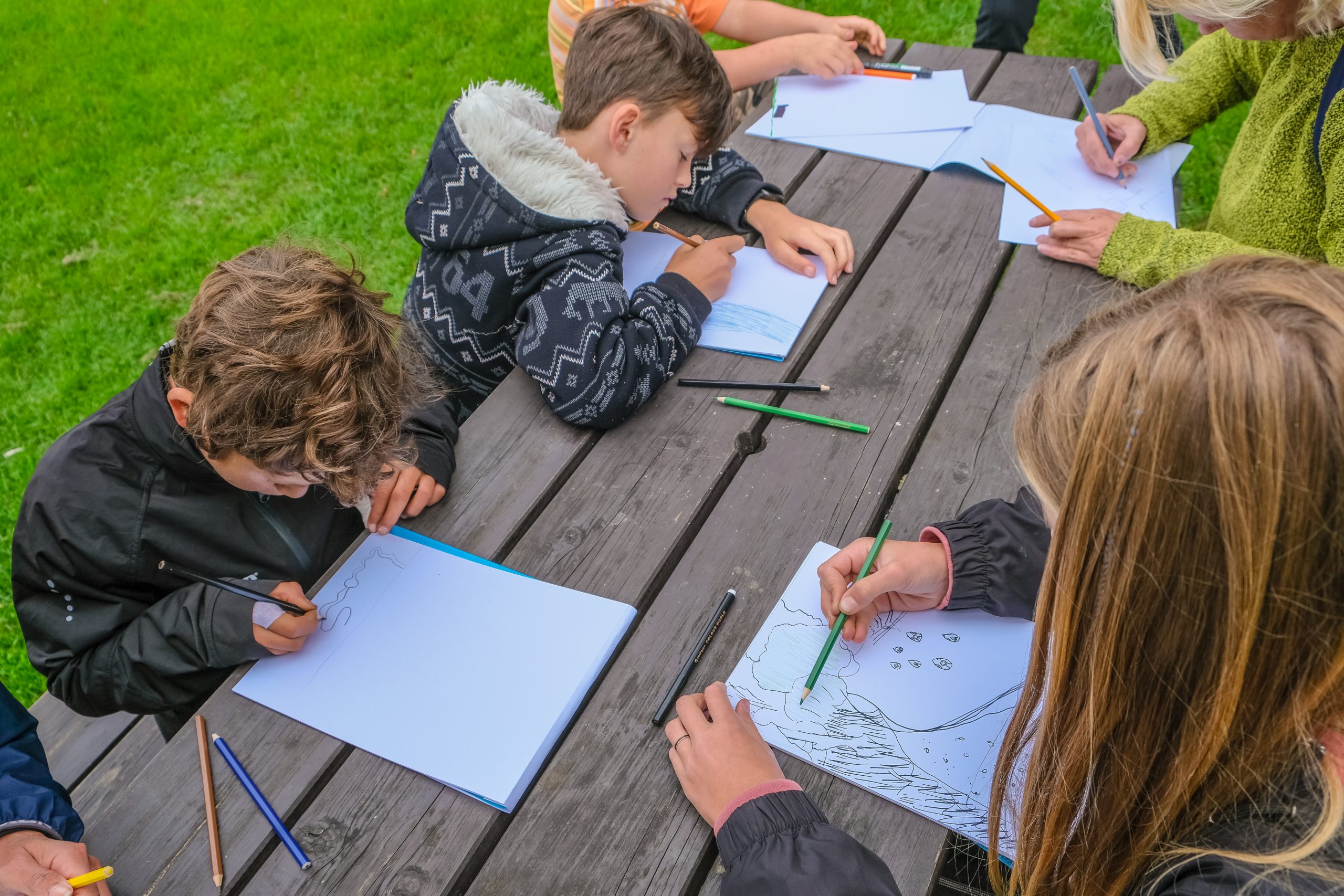
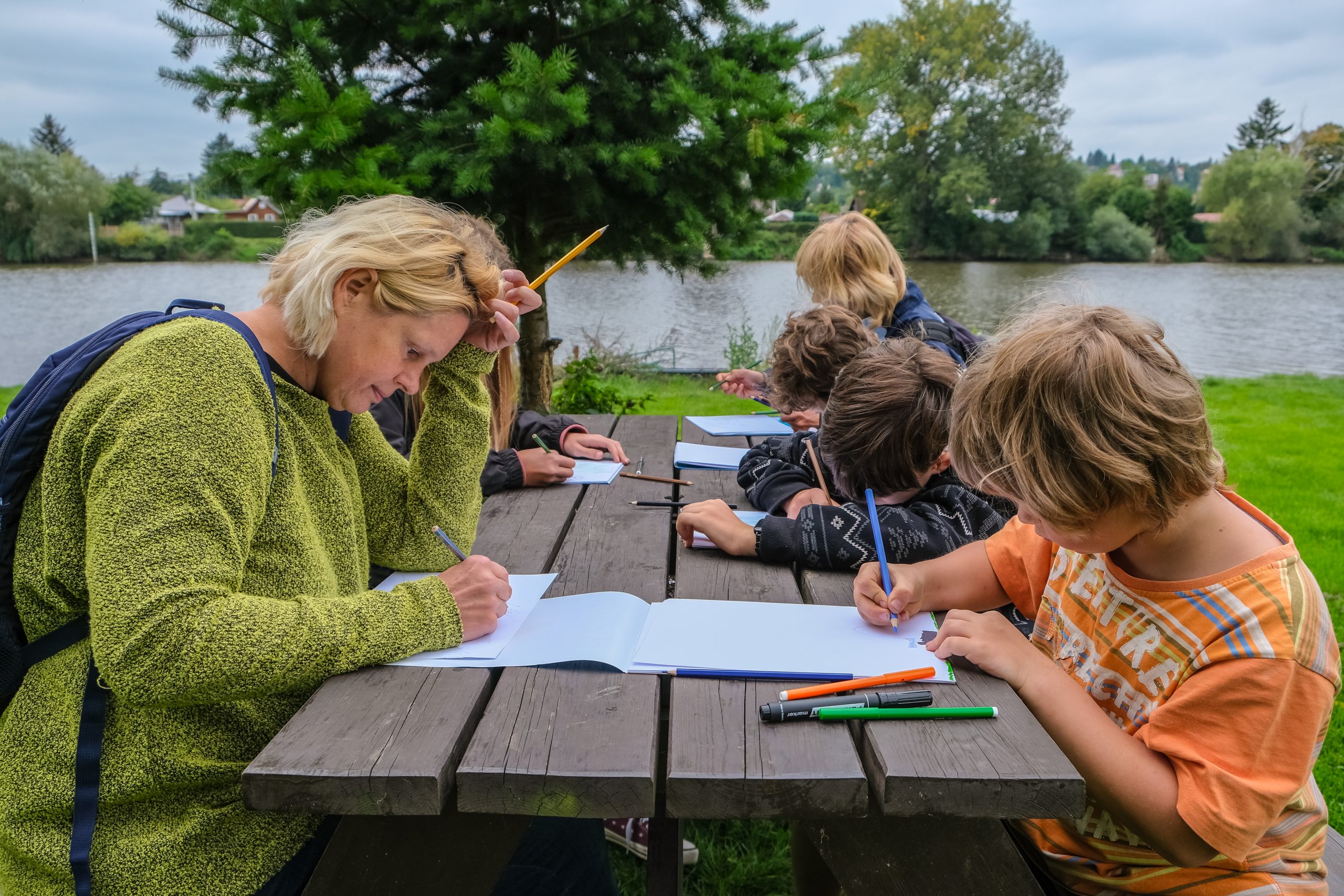
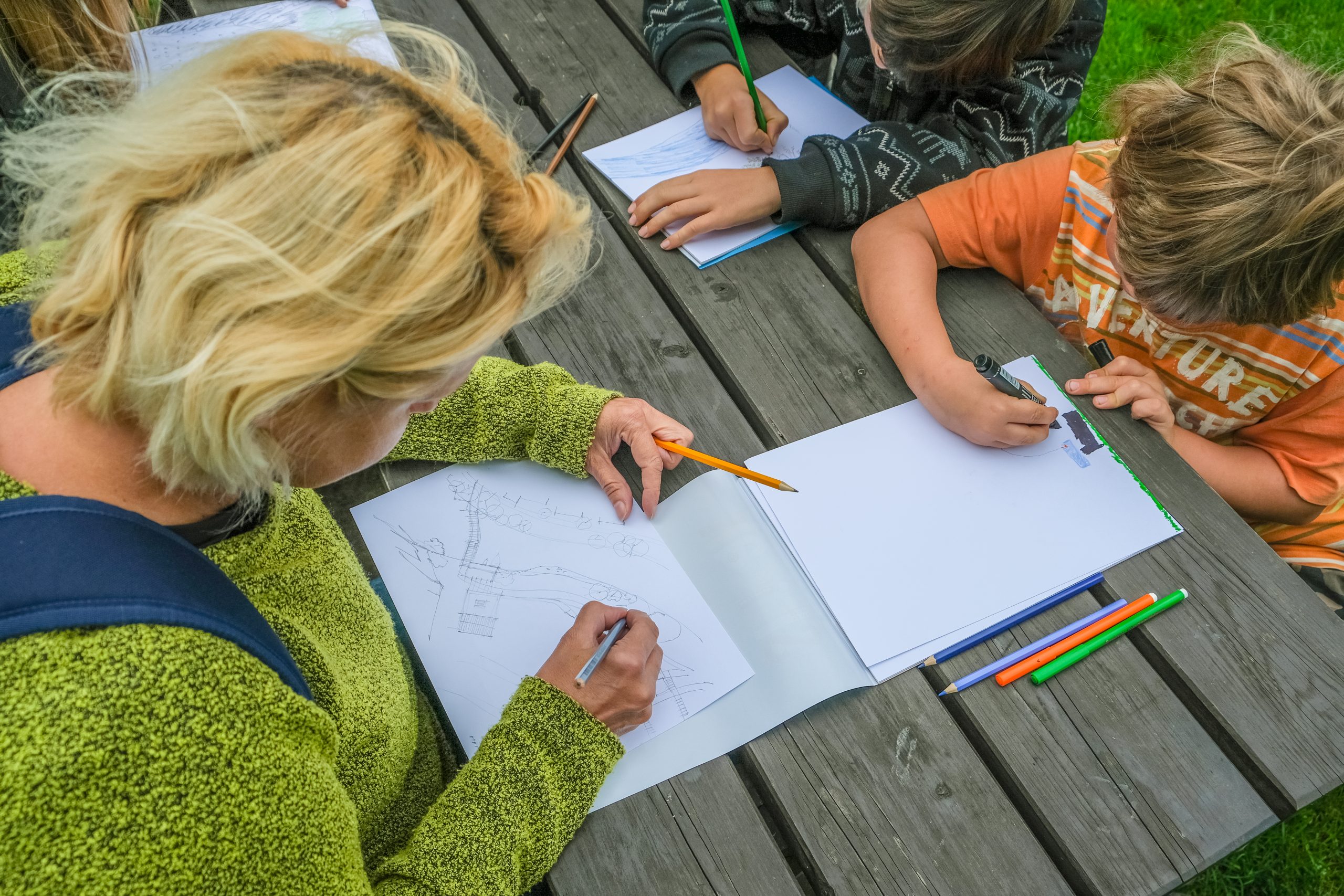 When people observe things developing, they become part of this unique experience and this creates a feeling of affinity, understanding and care. We can define care as an activity, as caring for, which is unavoidably linked with exercising responsibility. Care then involves a shift from the impulse of willing something to acting on that impulse. This is the essence of accep- ting responsibility for care – only then are we truly caretaking. Caretaking is a complex of various types of activities through which we touch others, interacting with our surroundings.
When people observe things developing, they become part of this unique experience and this creates a feeling of affinity, understanding and care. We can define care as an activity, as caring for, which is unavoidably linked with exercising responsibility. Care then involves a shift from the impulse of willing something to acting on that impulse. This is the essence of accep- ting responsibility for care – only then are we truly caretaking. Caretaking is a complex of various types of activities through which we touch others, interacting with our surroundings.
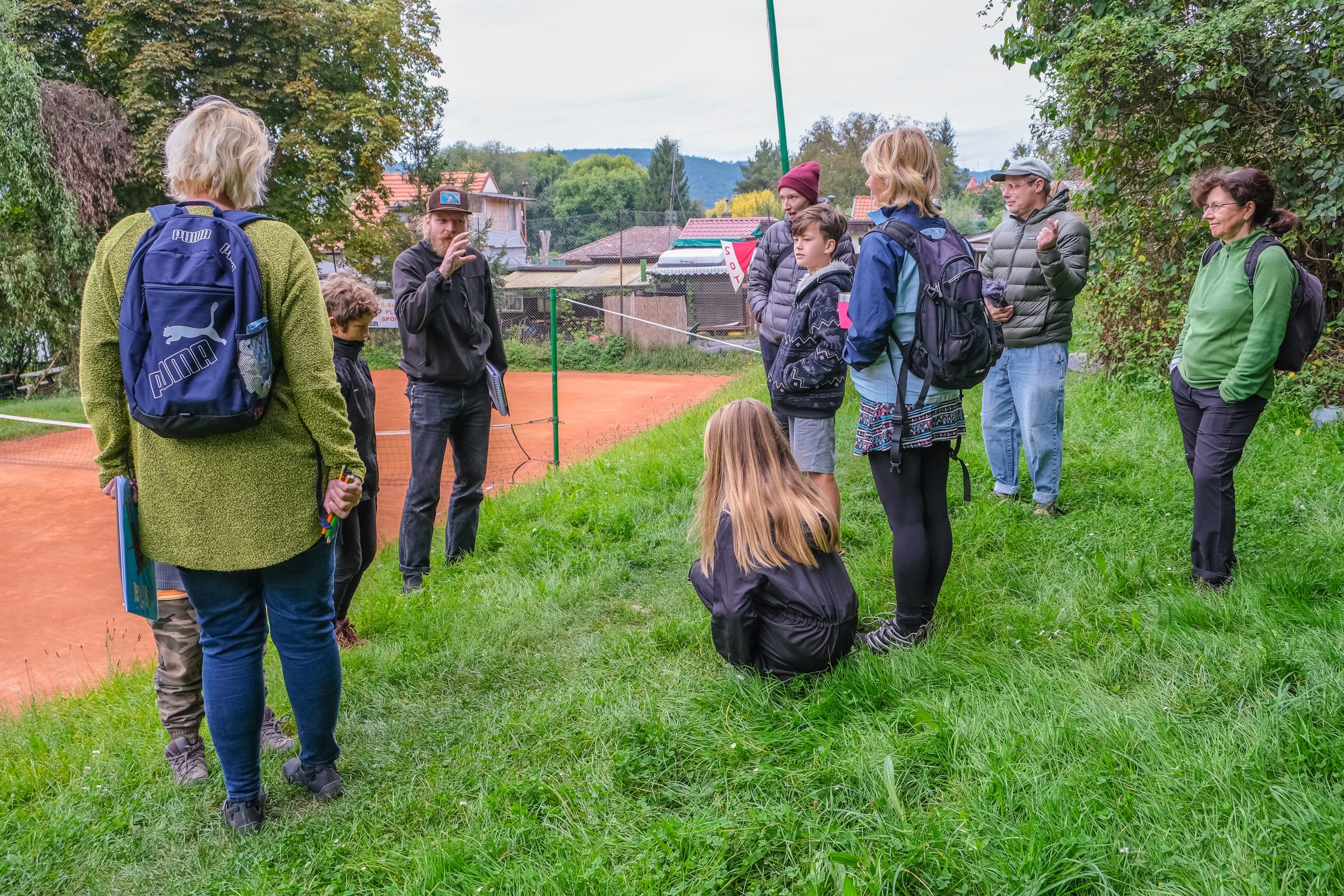
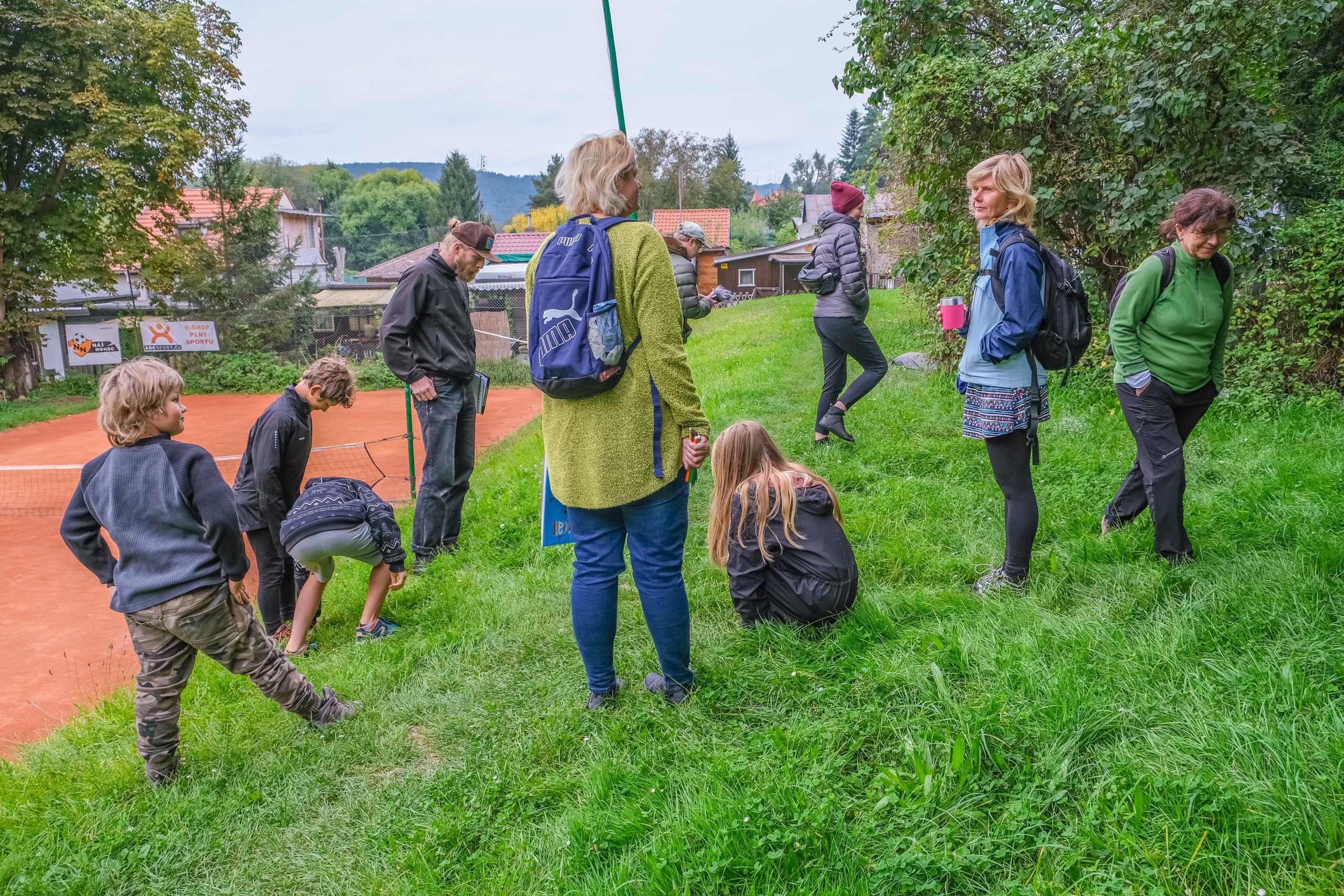
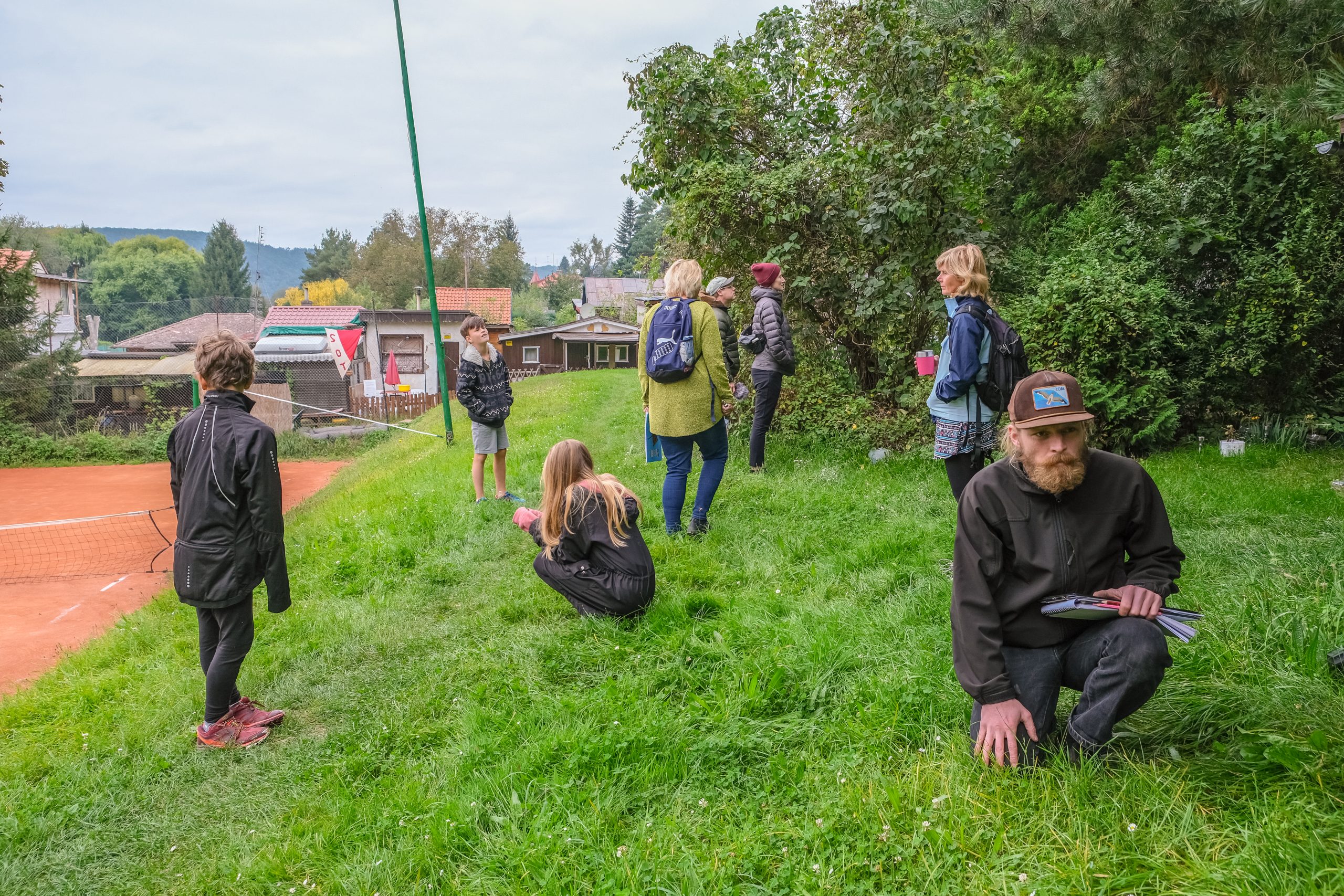
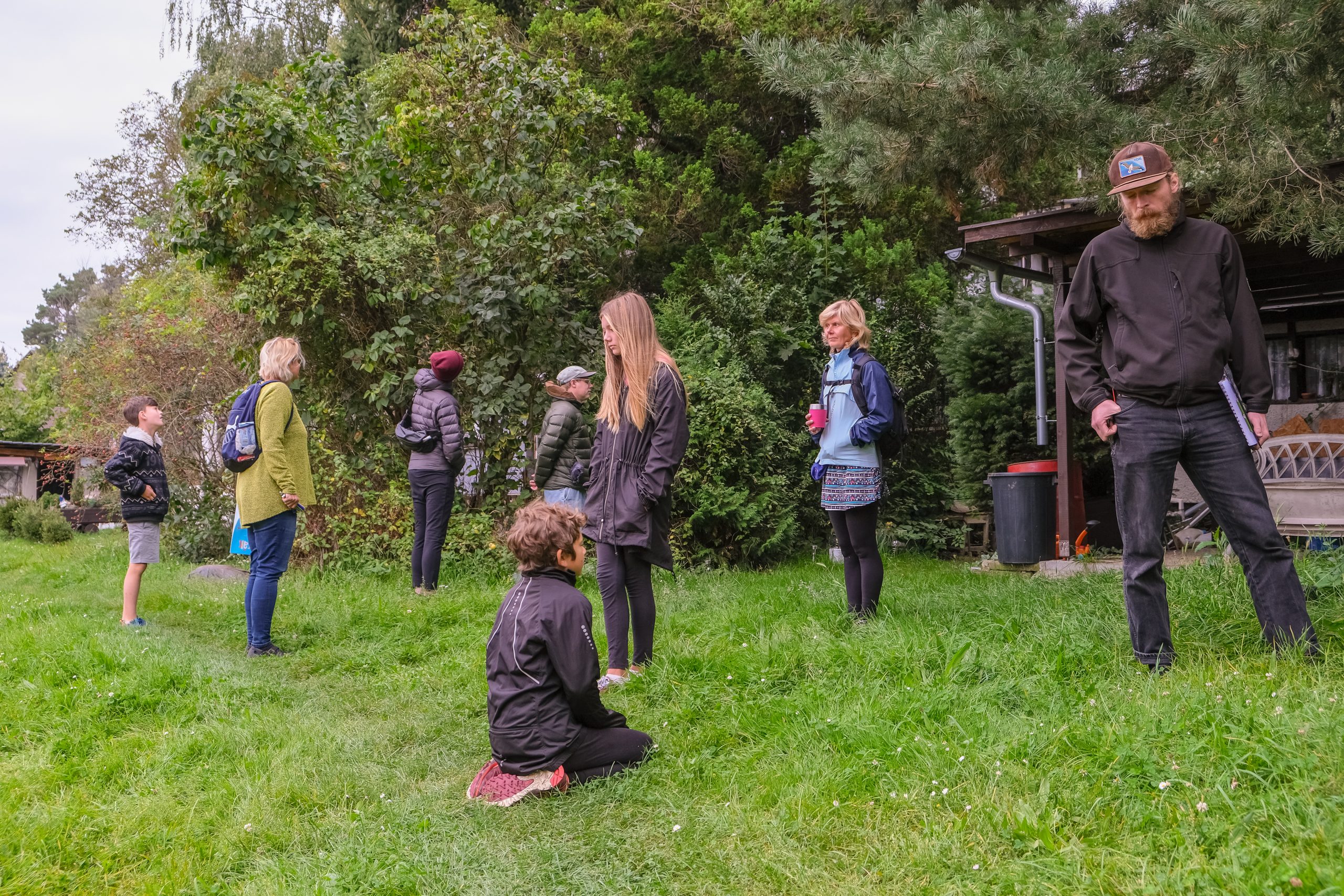 ABSTRACT
ABSTRACT
This method of designing/modelling/imagining space is called Generic-Integrated Urbanism (GIU). It creates a very necessary workspace which does not follow strict and exclusive rules of design. As a design method, GIU is a key source of inspiration because it shows how we arrive at our experience of something, and offers an answer as to why we parcel the world (both spatially and temporally) the way we do through the use of our brains. It is thus an ideal place from which we are able to plan our next moves in creating space and reality.
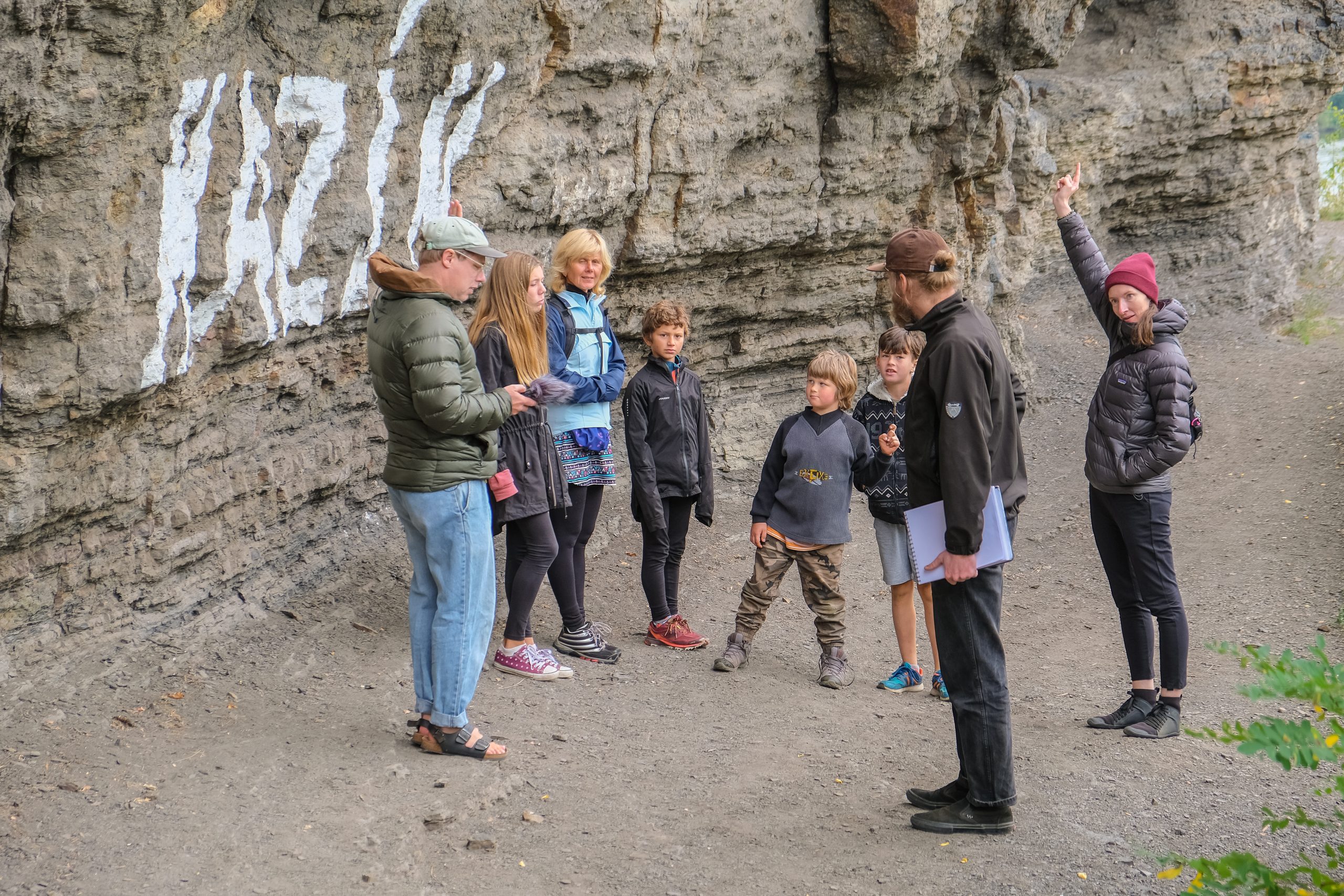
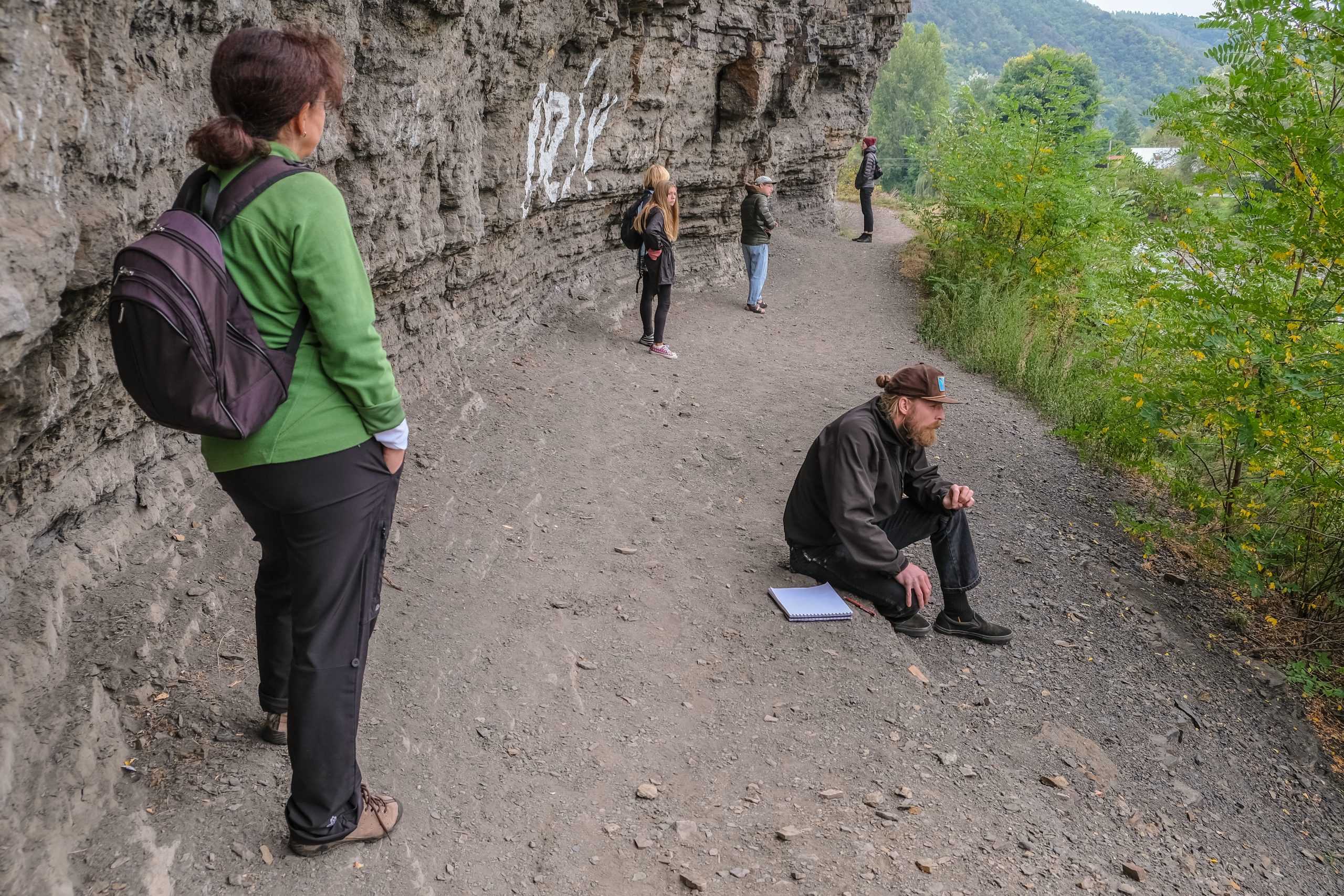 BASIC MOTIVATIONS FOR GIU MODELLING
BASIC MOTIVATIONS FOR GIU MODELLING
The user’s active participation is necessary while creating this interface. The user voluntarily accepts the rules of the interface. Through their active participation, the user participates in modelling the space. This method of GIU make sense only in active participation.
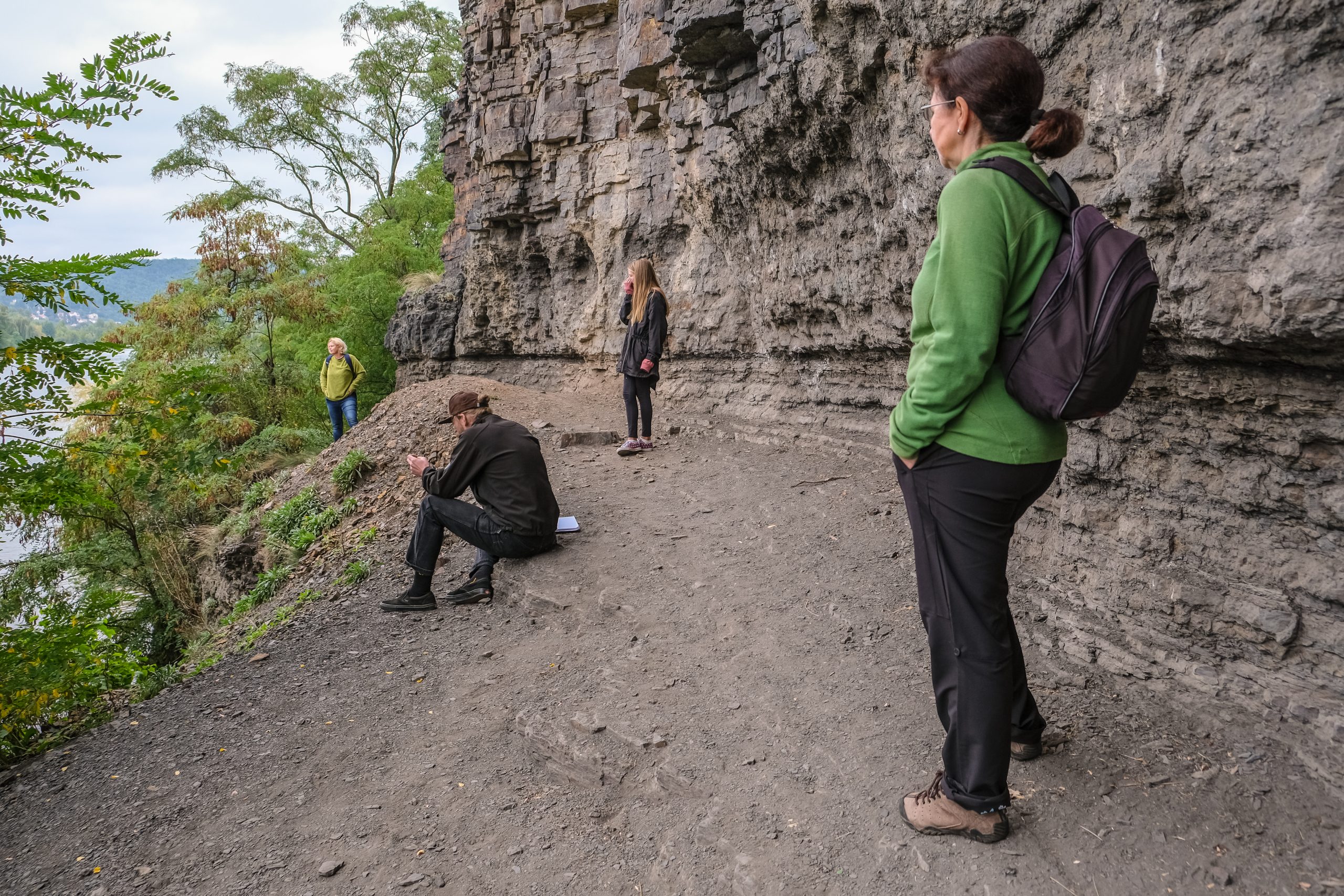
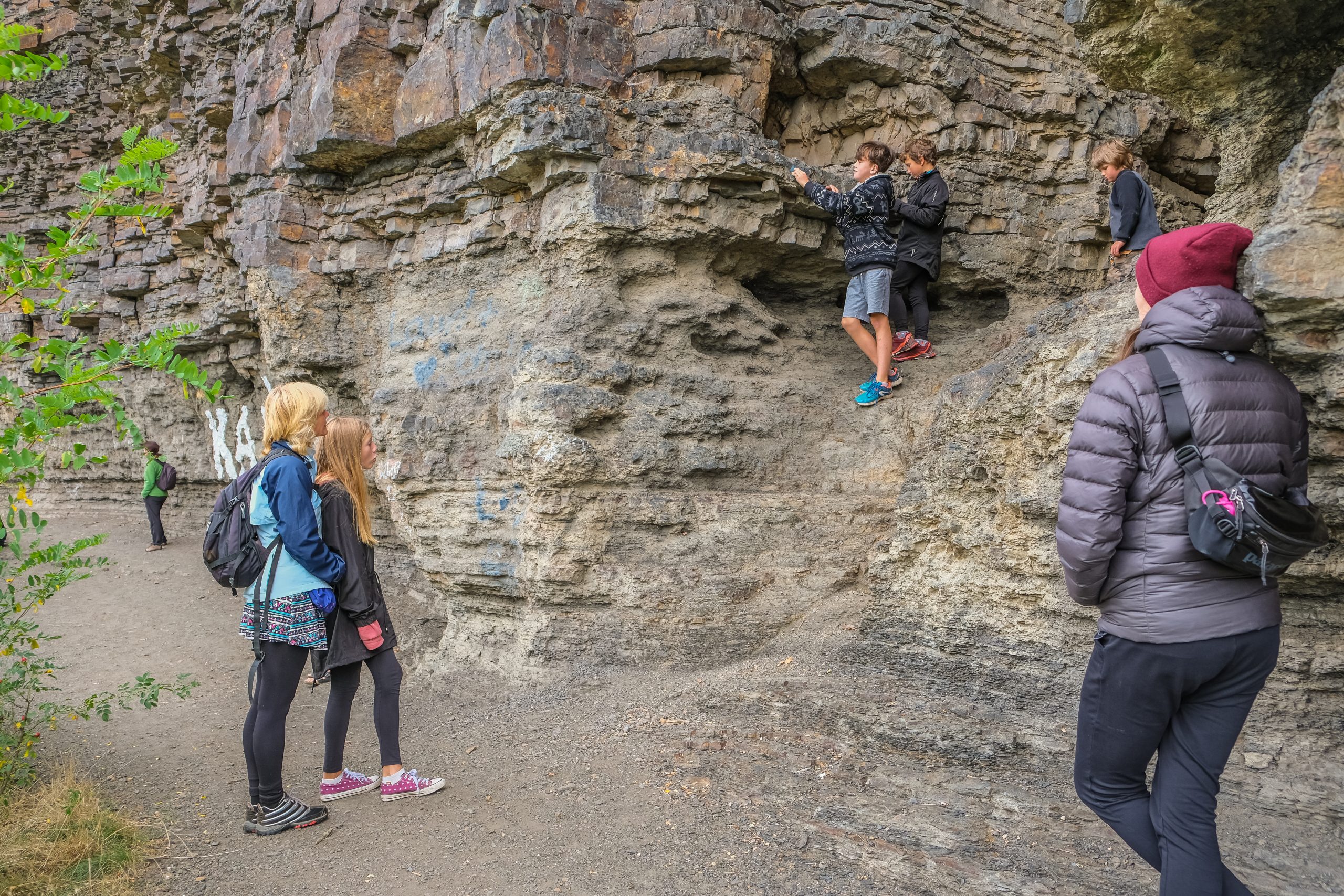 INTRODUCTION
INTRODUCTION
In order for us to be aware of the surrounding world’s complexity, it is also necessary to pay attention to the flow of micro-operations which define our life. This activity intends to demonstrate just how much we believe in the illusion of stability.
PREPARATORY MOTIVATIONAL EXERCISE FOR THE GIU METHOD
We always work with what we have at hand:
Put a page with some written text in front of you (or use this text, the one you’re just reading now on you computer or tablet). Let your eyes rest on the surface. Try to see the whole situation without reading the text.
Focus your eyes repeatedly so that you are conscious of the small processes discerning the white background from the text color and the way in which the same-colored clusters are interpreted as script with the individual lines streaming across the page, and the way these clusters are individually interpreted as letters.
Do not read the text. Try to halt the decoding apparatus for a while. Repeatedly observe the automatic, almost obsessive impulse to read.
Try looking at a single word in the text, with its individual letters. Try seeing the letters as simple shapes which might not have meaning of their own. Then look how these forms are mentally perceived as letters which are bunched in syllables and words, which are then ascribed meaning.
Progress from this visual percept to a conceptual understanding of what is written in the text, until you clearly understand many micro-operations which are connected with reading.
Then look into the room or the space where you find yourself and do the same. Go from visual perception to a conceptual reading of your situation in the environment. When looking out the window, you see that what you see is much further than a poster on the wall.
Then also include other forms, sounds, smells, etc.
GIU MODELLING (IN GIVEN LOCALE)
*We find ourselves (together) in a space, in a concrete place.
We look around,
We realize what we are seeing and what it all means
(we stand together, but every one at a different place in this space,
around we see this, and that and that, what it is like,
we talk amongst ourselves, etc.)
*May everyone try it for themselves.
We close our eyes and we try to compose the main parts of the scene (me- aning what we have seen) differently (we can use our hands to manipulate objects).
In the first attempt, we simplify attempt this merely with the visible objects and we set them in a row based on various criteria (for example by size).
In the following attempts, we can integrate more complicated and complex situations (volumes, sounds, movement, various qualities of the space).
Now let’s compare the original scene and the awkward scene of the receding objects (windows, trees, stones, people, flowers, shoes, etc.).
*Are these scenes different somehow?
Of course they are different, although the set of items of which they are com- posed remains the same. The difference consists in “something extra,” or the integrated information.
OPTIONS FOR EVALUATING GIU
1) Verbal communication (a series of audio recordings)
2) Creating a mental map, graph, drawing or notes detailing the new situation.
3) Illustrations of various forms, such as with eyes closed, gesturally in space by means of gestural choreography, etc.
4) Shared evaluation and sharing of information.
5) It is possible to continue in a longer temporal frame, for example in a three-day workshop, where the individual dynamics can be compared. It is also possible to work in various phases over the span of a year and compare the dynamics as they change through the changing of the seasons.
STRUCTURE OF GIU
1) The user models space – other users observe them – someone else docu-
ments the situation (the facilitator, situation architect, external person).
2) A couple models the space – other users observe them – someone else documents the situation (the facilitator, situation architect, external person).
3) The group models the space together – someone else documents the situation (the facilitator, situation architect, external person).
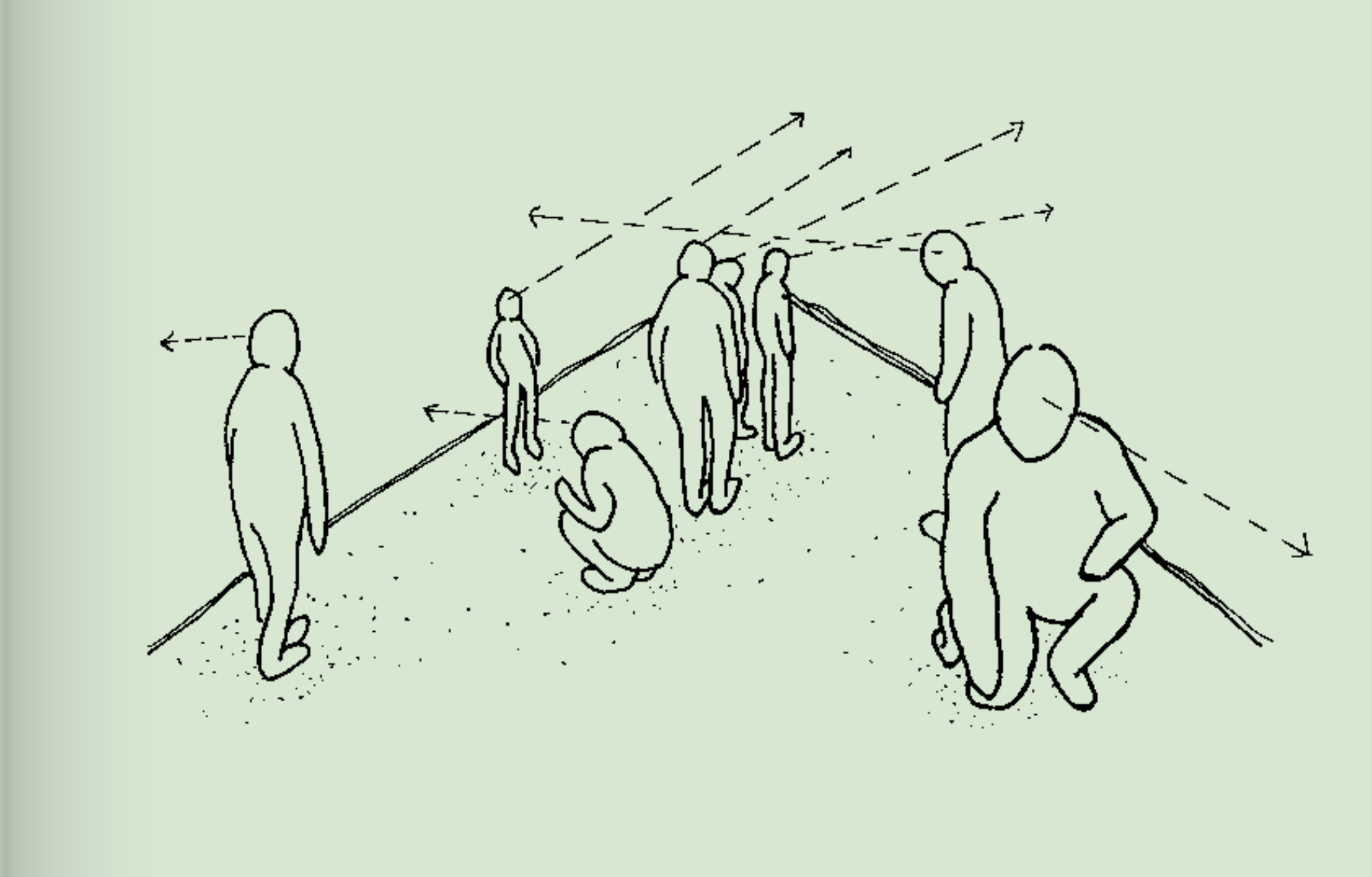
Notes: Generic-integrated Urbanism (GIU) constitutes one of the methodological aspects of the project Unofficial Proof, which focuses on researching and developing methods of performative mapping of space. UP is part of a vast performative-educative entity The Transversal Navigation (TTN). TTN offers a set of universal tools intended for projecting, modeling and imagining space.
